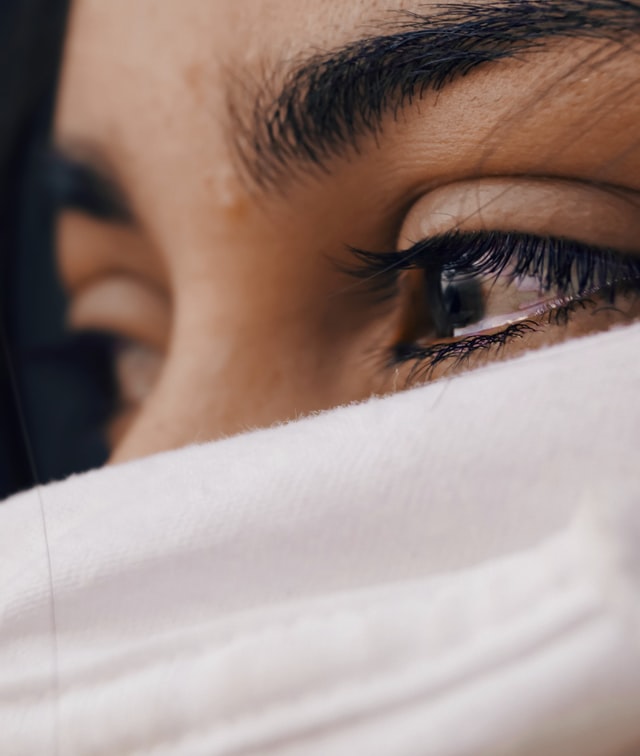Bystander trauma: A tale of two countries, America and India

Photo by Luis Galvez on Unsplash
/ POLITICS & AMERICA

“What the country needs is dirtier fingernails and cleaner minds”
– Will Rogers
The closing of Minneapolis police officer Derek Chauvin’s trial is a good moment to consider bystander trauma and what it says about a people, as well as their country’s likely trajectory.
Until the closing arguments on Monday, April 19, the trial had gone on three weeks. One week into it, witnesses to the death of George Floyd, an unarmed black man, started to describe their pain and guilt about not being able to save him.
As The New York Times reporter in Minneapolis put it, each witness showed “the burden of being a bystander to a violent, slow-motion death, and the crippling self-doubt that followed”.
This was repeated in various ways throughout the Chauvin trial.
The evident bystander trauma of those people in Minneapolis was moving. But it was especially interesting when contrasted with how little bystander trauma is reported from Narendra Modi’s muscularly Hindu new India.
There, as Samar Harlarnkar has written, Hindu radicalisation has progressed, as have hate crimes “from headline to footnote”. The trickle of “lynchings, beatings and murders” of Muslims have became “a flood”.
Mr Harlankar is editor of Article-14.com, a project that describes itself as tracking “misuse of the law and the hope it offers”.
His January column, Mr Harlankar says, was written while watching “a video that is distressingly common in the new India…a Hindu priest enveloped in saffron robes slaps, abuses and kicks a frail, young Muslim man walking with his friend, a young Hindu woman.”
He says that as the beating progresses, “bystanders – seemingly kinder souls than those in similar videos where they participate enthusiastically in such violence – suggest that the priest stop the assault because the young man is a heart patient. The young man clutches his assailant’s feet and begs forgiveness. ‘M********, jai Shri Ram bol,’ the priest screams. ‘Motherf******, say glory to Ram’.”
The description of the Hindu bystanders’ behaviour is striking. They were, as Mr Harlankar noted, much kinder than others who witness violent attacks on Muslims. And yet, all they could do was to implore the priest to stop beating the young Muslim man.
This left a powerful impression on me perhaps because I had just read about (and heard the Chauvin trial witnesses describe) the bystander trauma felt as Floyd died.
I was forced to consider the different ways in which bystanders in the US and in India responded to the situation with which they were confronted. Why did those Americans feel more traumatised? Why did the Indians feel much less so?
What does those bystanders’ reaction say about the US and where it is headed? And more troublingly, what does the Indian bystanders’ insouciance say about what India has become?

